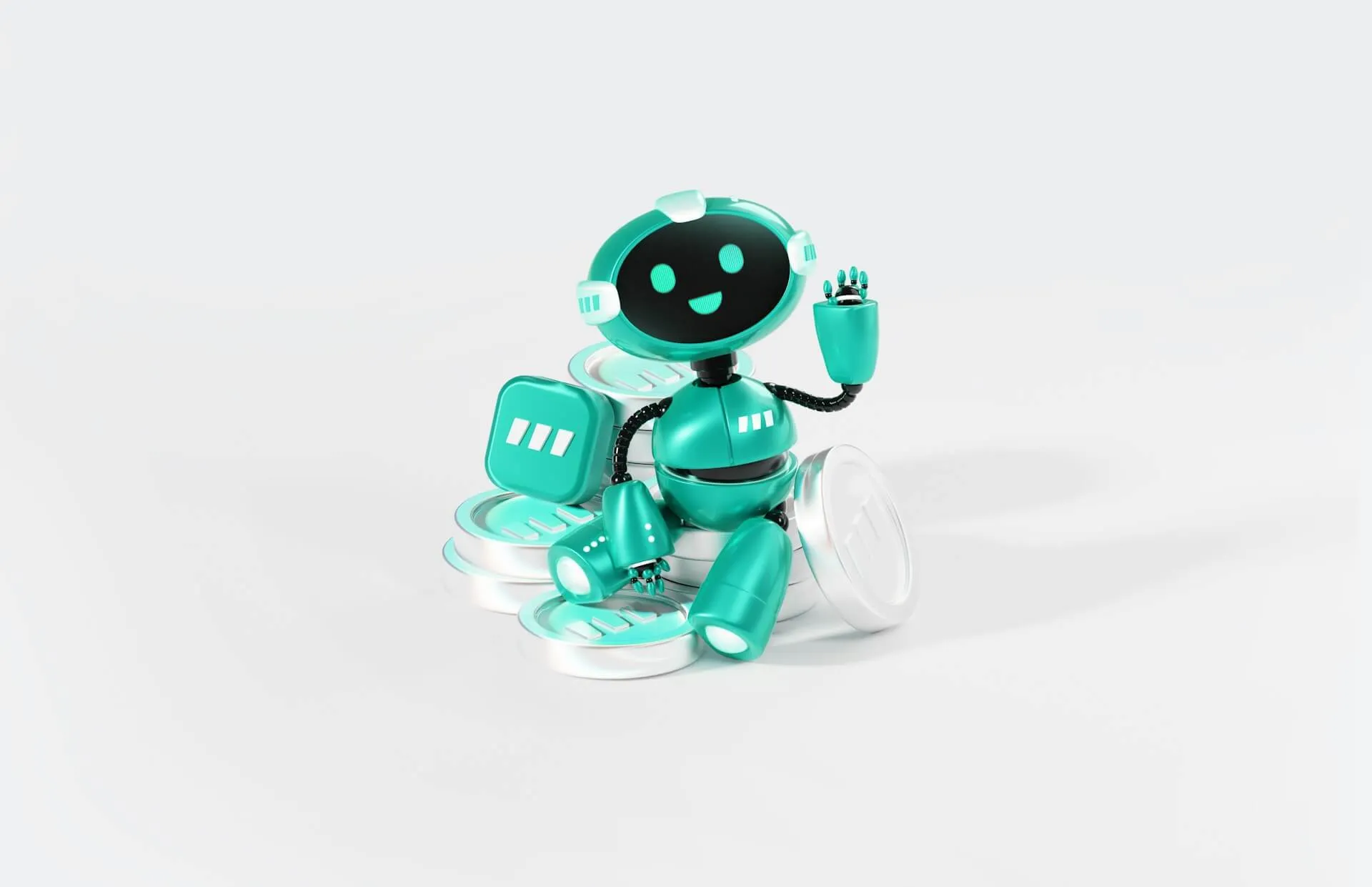AI for Beginners - How It Works, Learns, and Makes Decisions

Hey, lovely tech queens! 👩💻✨
Let’s be real: tech terms like AI, machine learning, and deep learning get thrown around constantly — and unless you’ve spent your nights reading research papers (I haven’t either), they can sound like a black box.
But they’re not.
Let me break them down for you — clearly, simply, and with real-life examples (yes, including oranges and smart thermostats).
Part 1: What is AI — and why does everyone talk about it?
AI stands for Artificial Intelligence, and no, it’s not about robots with feelings. It’s about teaching machines to do things that usually require human intelligence:
like understanding language, recognizing images, predicting outcomes, or making decisions.
AI helps us in everyday life more than you might think:
- Your phone suggests the next word before you finish typing.
- Your bank detects suspicious activity before you even notice.
- Your email knows how to separate spam from real messages.
It’s not magic. It’s just data, models, and logic — working together.
Part 2: How AI learns — and what ML and Deep Learning have to do with it.
To make a machine smart, you don’t give it instructions line by line. You let it learn from examples — and that’s what Machine Learning (ML) is.
Then there’s Deep Learning, a more advanced method that helps machines handle complex tasks — like recognizing speech, analyzing images, or understanding natural language.
Want a clear example?
Let’s say you live in a smart home with a smart thermostat.
- The thermostat uses AI to decide whether to heat the room.
- It uses ML to learn that you usually come home around 7 p.m., so it starts warming up at 6<30>.
- It uses Deep Learning to go even further: it checks your location, your calendar, even the way you message friends — and figures out that today you’ll be home early. So it heats the room in advance, without you doing a thing.
That’s how it works. Step by step, smarter and smarter.
Part 3: What happens after learning — the role of inference.
Once the model is trained, the learning phase is over. Now it’s time to use that knowledge.
This process is called inference — when the AI makes a decision based on what it already knows.
Here’s a simple one:
You trained a model to tell the difference between oranges and apples.
Now you show it a new fruit photo.
It looks at it and says: “That’s an orange.”
That’s inference. It’s the model in action — making predictions or classifications based on what it learned earlier.
Part 4: Two types of inference — real-time vs batch.
Not all AI decisions are made the same way. Sometimes you need answers instantly. Sometimes you need to process a lot of data quietly in the background.
Let’s break it down:
1. Real-time inference
This is when the AI reacts immediately to new input.
Examples:
- A smart fridge notifies you that milk is low the second you open the door.
- A navigation app recalculates your route as soon as you take the wrong turn.
- An e-commerce site recommends similar items the moment you click on a product.
Speed matters here. The response has to be fast and seamless.
2. Batch inference
This happens when the system processes large amounts of data at once, usually on a schedule.
Examples:
- Your sales data is analyzed overnight to generate a report by morning.
- A bank reviews all transactions at the end of the day to assess risk levels.
- A job platform scans thousands of resumes every weekend to find top matches.
This type of inference doesn’t need to be instant — it’s more about depth and scale.
When to use what? Here’s the cheat sheet:
| You need | Use this type |
|---|---|
| Instant feedback or decision-making | Real-time inference |
| Large-scale analysis without time pressure | Batch inference |
A note from one IT girl to another
AI isn’t some futuristic fantasy — it’s already here, quietly making things smoother, smarter, and faster.
You don’t need to know everything about algorithms to understand how it works.
If you get this:
- AI = the system that acts smart,
- ML = how the system learns from data,
- Deep Learning = how it handles complex patterns,
- Inference = how it applies what it learned to make decisions,
Then congrats — you’re already ahead of most people.
Keep learning, stay curious, and don’t be afraid of the tech terms.
You’re more than smart enough to master this.
Tools I Personally Trust
If you’re building things, breaking things, or just trying to keep your digital life a little calmer - these are tools I actually use every day:
🛸 Proton VPN (60% off link) - my invisible cloak online. It secures your Wi-Fi, hides your IP, and blocks trackers - even on the sketchiest café Wi-Fi.
🔑 Proton Pass (50% off link) - my password vault. On-device encryption for logins, 2FA, and notes - all mine and only mine.
🦑 GitKraken Pro (50% off link) - my visual Git sidekick. Gorgeous commit graph, painless merges, and fewer “what just broke?” moments.
💖 These links give you sweet discounts - and help support DevOps.Pink at no extra cost. Thanks a ton!
Social Channels
🎬 YouTube
🐦 X (Twitter)
🎨 Instagram
🐘 Mastodon
🧵 Threads
🎸 Facebook
🦋 Bluesky
🎥 TikTok
💻 LinkedIn
📣 daily.dev Squad
✈️ Telegram
🐈 GitHub
Community of IT Experts
👾 Discord
Refill My Coffee Supplies
💖 PayPal
🏆 Patreon
🥤 BuyMeaCoffee
🍪 Ko-fi
⚡ Telegram Boost
Is this content AI-generated?
Absolutely not! Every article is written by me, driven by a genuine passion for Docker and backed by decades of experience in IT. I do use AI tools to polish grammar and enhance clarity, but the ideas, strategies, and technical insights are entirely my own. While this might occasionally trigger AI detection tools, rest assured—the knowledge and experience behind the content are 100% real and personal.

